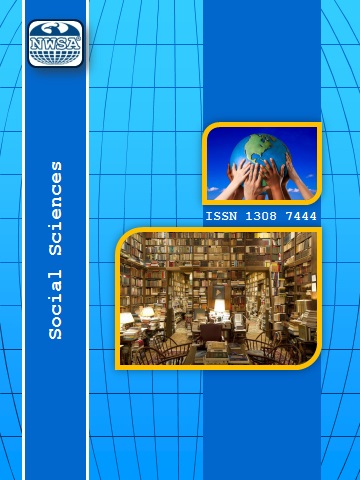References
[1] Referans 1- Barkul, Ö. ve Tönük, S., (1998). Mimarlyk E?itiminde Mesleki
[2] Prati?in Yeri Ve Önemi Üzerine Bir Ynceleme. Ege Mimarlyk
[3] Dergisi, (27):39-43
[4] Referans 2- Erbil, Y., (2008). Mimarlyk E?itiminde Yaparak/Ya?ayarak
[5] Ö?renme. e-Journal of New World Sciences Academy, 3(3):579-587
[6] Referans 3- Allen, S., (2012). The Future That Is Now: Architectural
[7] Education In North America 1900-2010. In. J. Ockman (Ed.),
[8] Architecture School: Three Centuries of Educating Architects In
[9] North America, MIT Press & ACSA, Cambridge, pp:203-229.
[10] Referans 4- Mays, P., (2017). The Future of Architecture And Education.
[11] Design Intelligence Quarterly, (Eri?im: 20.04.2019).
[12] Referans 5- https://www.di.net/articles/future-architecture-education/
[13] Referans 6- UIA, (2014). Accord on Recommended International Standarts of
[14] Professionalism in Architectural Practice, Fundamental
[15] Requirements of An Architect. pp:6-7.
[16] Referans 7- Güner, A.F., Benli, G., Karaçar, P., and Kasapseçkin, M.A.,
[17] (2017). Design-Build Workshops in Architectural Education.
[18] A Case Study; Adobe Bus Stop in Northern Cyprus. Edulearn17
[19] IATED 9th International Conference on Education and New Learning
[20] Technologies. Barselona, Spain. Prooceedings Book, ISBN:978-84-
[21] 697-3777-4, ISSN:2340-1117, pp:6868-6876.
[22] Referans 8- Gaber, T., (2014). The Agency of Making and Architecture
[23] Education: Design-Build Curriculum in A New School of
[24] Architecture. International Journal of Architectural Research,
[25] 8(3):11-31.
[26] Referans 9- Güner, A.F., Benli, G., Karaçar, P., and Kasapseçkin, M.
[27] A.,(2018). Adobe Use in the Eco-Village of Büyükkonuk on The
[28] Karpaz Peninsula. Kerpic18 New Generation Earthern
[29] Architecture: Learning From Heritage International Conference.
[30] Hasan Kalyoncu University, Gaziantep, Turkey, Prooceedings Book,
[31] pp:201-207.
[32] Referans 10- Ünal, F.C. ve Küçükya?cy, P.Ö., (2017). Prati?in Mimarlyk
[33] E?itimindeki Yeri: Bütünle?tirici E?itim Örnekleri Üzerinden Bir
[34] Baky?. 2. Uluslararasy Mimarlyk Mühendislik Tasarym Kongresi.
[35] Kocaeli, Türkiye. Bildiriler Kitaby, ss:533-534.
[36] Referans 11- Rodriguez, C., Hudson, R., and Niblock, C., (2018).
[37] Collaborative Learning in Architectural Education: Benefits of
[38] Combining Conventional Studio, Virtual Design Studio and Live
[39] Projects. British Journal of Educational Technology, 49(3):337-
[40] 353
 +90(535) 849 84 68
+90(535) 849 84 68 nwsa.akademi@hotmail.com
nwsa.akademi@hotmail.com Fırat Akademi Samsun-Türkiye
Fırat Akademi Samsun-Türkiye
